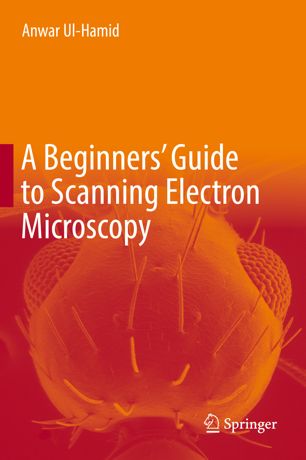

Most ebook files are in PDF format, so you can easily read them using various software such as Foxit Reader or directly on the Google Chrome browser.
Some ebook files are released by publishers in other formats such as .awz, .mobi, .epub, .fb2, etc. You may need to install specific software to read these formats on mobile/PC, such as Calibre.
Please read the tutorial at this link: https://ebookbell.com/faq
We offer FREE conversion to the popular formats you request; however, this may take some time. Therefore, right after payment, please email us, and we will try to provide the service as quickly as possible.
For some exceptional file formats or broken links (if any), please refrain from opening any disputes. Instead, email us first, and we will try to assist within a maximum of 6 hours.
EbookBell Team

4.0
46 reviewsThis book was developed with the goal of providing an easily understood text for those users of the scanning electron microscope (SEM) who have little or no background in the area. The SEM is routinely used to study the surface structure and chemistry of a wide range of biological and synthetic materials at the micrometer to nanometer scale. Ease-of-use, typically facile sample preparation, and straightforward image interpretation, combined with high resolution, high depth of field, and the ability to undertake microchemical and crystallographic analysis, has made scanning electron microscopy one of the most powerful and versatile techniques for characterization today. Indeed, the SEM is a vital tool for the characterization of nanostructured materials and the development of nanotechnology. However, its wide use by professionals with diverse technical backgrounds—including life science, materials science, engineering, forensics, mineralogy, etc., and in various sectors of government, industry, and academia—emphasizes the need for an introductory text providing the basics of effective SEM imaging.A Beginners’ Guide to Scanning Electron Microscopy explains instrumentation, operation, image interpretation and sample preparation in a wide ranging yet succinct and practical text, treating the essential theory of specimen-beam interaction and image formation in a manner that can be effortlessly comprehended by the novice SEM user. This book